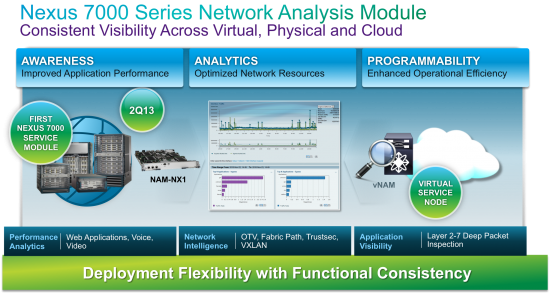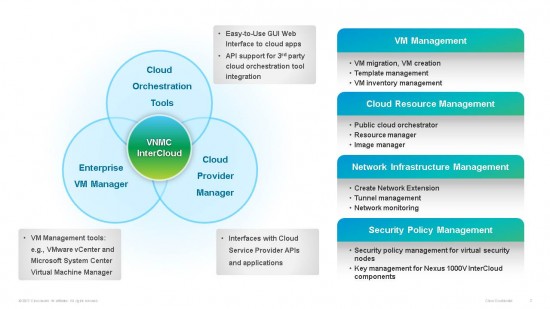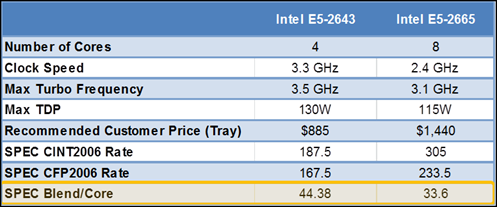You may have heard of the Cisco® Global Cloud Index. From our predictions, the cloud’s future is both promising and daunting. With the forecast calculating cloud traffic to increase sixfold by 2016, you have to wonder if the Cloud is ready to take on the load.
Cisco thinks so. We are pleased to introduce the latest edition of Unleashing IT, the technology-focused business resource for data center best practices. Unleashing IT showcases the latest technology trends, while experts demonstrate how the path to the cloud is being cleared, and how virtualization is transforming the data center while strengthening businesses.
With a unified architecture and unparalleled infrastructure, companies are bridging the gap between IT and business. Liberty University’s enrollment soars thanks to a consolidated IT infrastructure. Republic Services, a nationwide waste company, provides local-level satisfaction on a budget. From managing Big Data to the possibilities in healthcare through collaboration and centralization, IT plays a prominent role in the workplace.
Subscribe to Unleashing IT today to get full access to articles, offers, resources, and events. Already a subscriber? Simply log in to check out our Winter edition.






CONNECT WITH US